A Fractal Science of Synchronicity
19 September, 2025
Connecting mind and matter through the golden ratio and the Fibonacci sequence
Introduction
Humans are meaning-makers. We look for patterns, relationships, and turning points that make life feel coherent. One way to track meaning is through a personal timeline. This post introduces a new timeline method—the Fibonacci Life Chart—designed to deepen the study of meaningful coincidences, or synchronicities. By bringing mathematics into conversation with psychology, the method proposes a fractal resonance framework to explain why coincidences often feel so personally significant.
Between 2018 and 2019, I conducted a project called The Predictability of Synchronicity. It examined whether the timing of reported synchronicities among Jungian analysts clustered around Fibonacci time patterns. The results, published in the International Journal of Psychological Studies, suggest that synchronicity may indeed follow such patterns, pointing to a fractal resonance between the brain and its environment.¹
Fractals, Frequencies, and Resonance
Fractals are symmetrical patterns that repeat across scales. They arise from resonance—the exchange of energy and information that allows systems to self-organize. At the most basic level, resonance structures matter and mind alike. The Fibonacci sequence and the golden ratio are mathematical signatures of this process, appearing in seashells, galaxies, DNA, and perhaps in consciousness itself.
If physical forms carry these patterns, it follows that psychological experiences—including coincidences—might also emerge from fractal resonance. Consciousness, in this view, is built from frequencies that resonate harmonically according to the golden ratio.² ³ Understanding coincidences, then, means studying the mathematics of resonance and how it shapes our sense of meaningful connection.
The Fibonacci Life Chart
The Fibonacci sequence is a simple recursive formula: each number equals the sum of the two before it. Despite this simplicity, it generates spiral and wave-like forms that appear across nature—from pine cones to planetary orbits. Jung himself saw the Fibonacci sequence as a bridge between mind and matter, influenced in part by his collaboration with quantum physicist Wolfgang Pauli.⁴
Yet until recently, the Fibonacci sequence had been overlooked in synchronicity research. My work builds on thinkers like John Waskom and Norman Rose, who proposed that human development follows Fibonacci stages. Drawing from mathematics, psychology, and world traditions—Taoism, Buddhism, Christianity, Hinduism, Islam, as well as the philosophies of Pythagoras and Plato—I designed the Fibonacci Life Chart (FLC). This chart provides a timeline model linking personal development with universal patterns.
In 2013, I showed that Fibonacci modeling could predict key life milestones: brain development, puberty, fertility, personality stability, happiness levels, menopause, spiritual experience, and even average life expectancy.⁵ Building on that, I developed a model of synchronicity based on circular causality—feedback loops between brain and environment. Because Fibonacci growth is nonlinear and exponential, it encodes both serial progression and cyclical recurrence, mirroring how synchronicities often feel like “time folding in on itself.”
For example: the 5th number in the sequence is 5, the 10th is 55 (5+5), and the 12th is 144 (12×12). These kinds of mathematical echoes suggest that synchronicities may emerge from holistic resonance—shared fractal geometries linking human brain waves with environmental rhythms.
Testing the Model
In January 2018, I spoke with Bernard Beitman about advancing synchronicity research. Instead of launching a new journal, I decided to test my central hypothesis: Do Fibonacci time patterns align with reported synchronicities?
The following month, I distributed a survey to members of the International Association for Analytical Psychology (IAAP). Respondents—Jungian analysts familiar with meaningful coincidences—reported the timing of synchronicities they had experienced. Results suggested that such experiences clustered within ±34 days of Fibonacci time markers, partially confirming the theoretical prediction.
Cautions and Limitations
These findings are intriguing but preliminary. The study had a small sample size—41 synchronicity reports from 18 participants—and results reached only the 10 percent significance level. Typically, statistical significance is set at 5 percent or lower. While small samples sometimes justify a looser standard, replication with larger groups is essential.
The participant pool also raises questions. Jungian analysts may be unusually attentive to coincidences compared to the general public. Personality traits like openness, intuition, and the search for meaning may also influence proneness to synchronicity. Future studies should broaden the sample and examine how individual differences affect predictive power.
Implications for Science and Spirituality
Despite these limitations, the work illustrates that synchronicity can be studied scientifically using simple survey methods alongside mathematical modeling. The Fibonacci Life Chart suggests that coincidences may not be random but resonate with deeper patterns of life and environment.
These ideas connect with emerging fields such as quantum biology, quantum communication, and quantum computing—all of which frame the universe as fundamentally about information processing. In this light, synchronicity may be evidence of an informational bridge linking psyche and matter.
For me, the journey of developing the Fibonacci Life Chart has been both scientific and personal. It has accelerated my own growth and offered a framework to help others interpret their life timelines and coincidences. With continued study, we may better understand how fractal resonance shapes not only the structures of nature but also the meaning of our lives.
References
- Sacco, R. G. (2019). The predictability of synchronicity: A fractal resonance model. International Journal of Psychological Studies, 11(4), 28–37.
- Livio, M. (2002). The Golden Ratio: The Story of Phi, the World’s Most Astonishing Number. New York: Broadway Books.
- Pesic, P. (2007). Music and the Making of Modern Science. MIT Press.
- Jung, C. G. (1956). Letter to Gerhard Adler, February 27, 1956. In C. G. Jung Letters: Volume II, 1951–1961 (pp. 408–410). Princeton University Press.
- Sacco, R. G. (2013). The Fibonacci life chart method (FLCM): A mathematical developmental model of synchronicity. Psychological Perspectives, 56(3), 331–352.
Photo by Giulia May on Unsplash

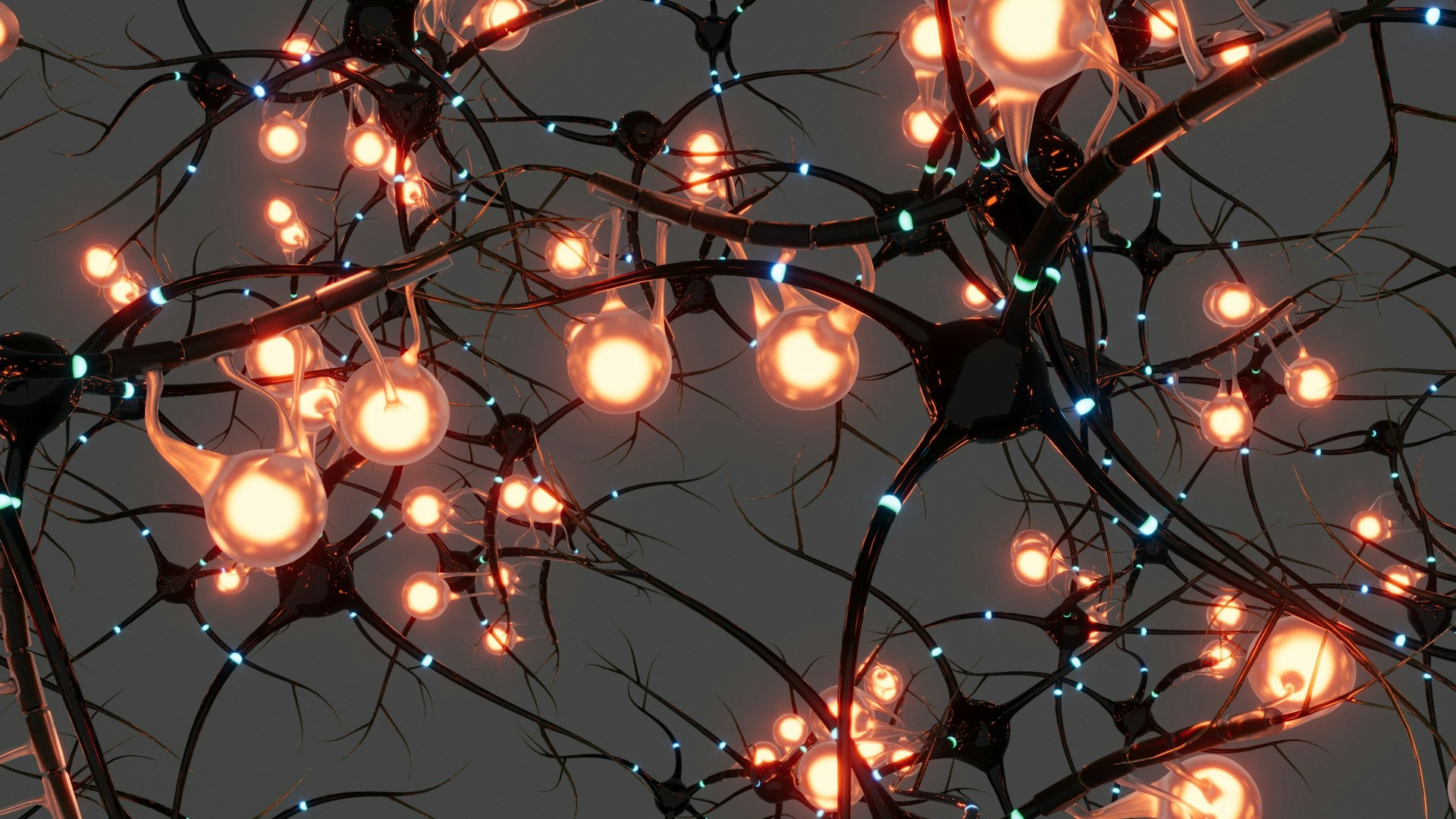
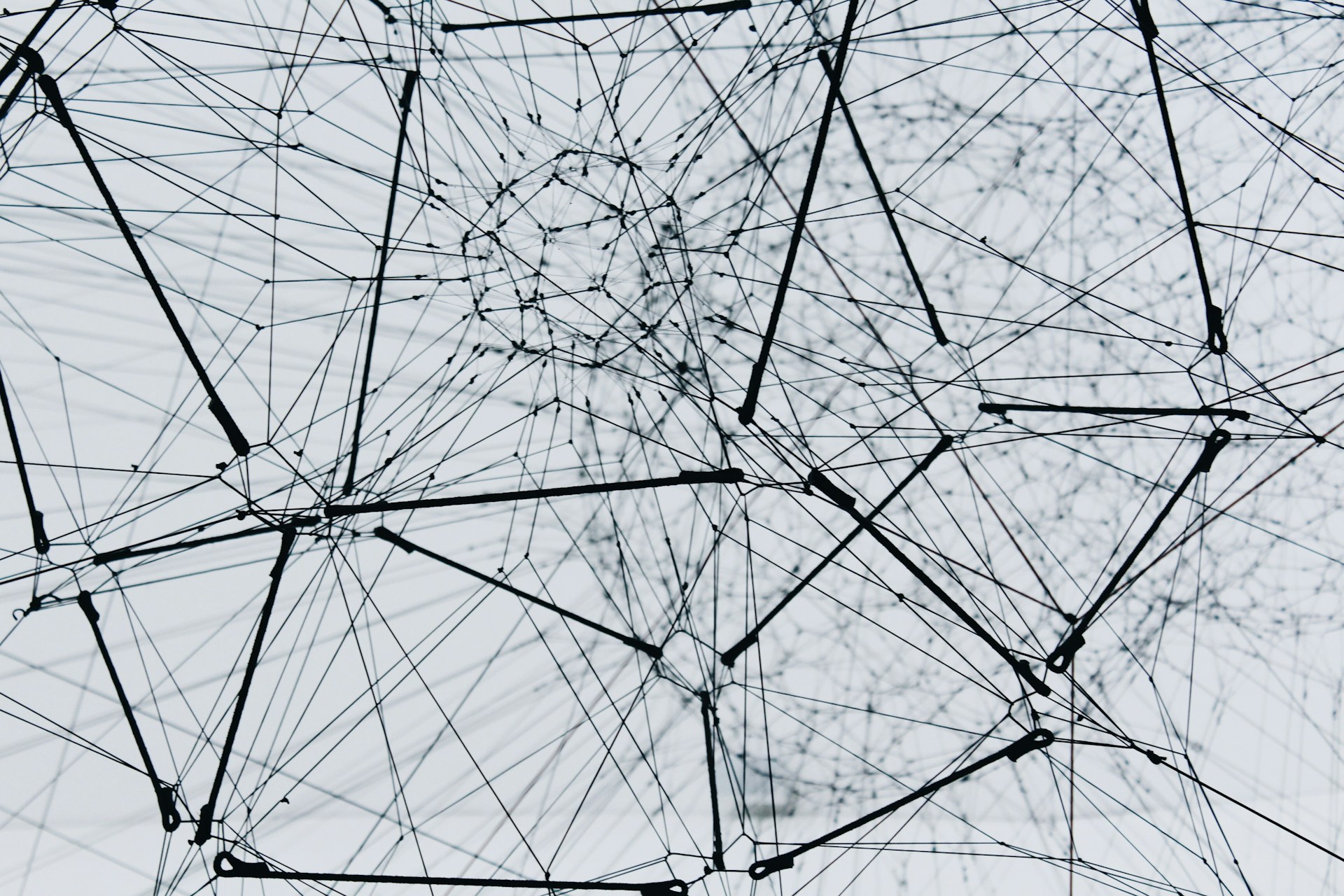


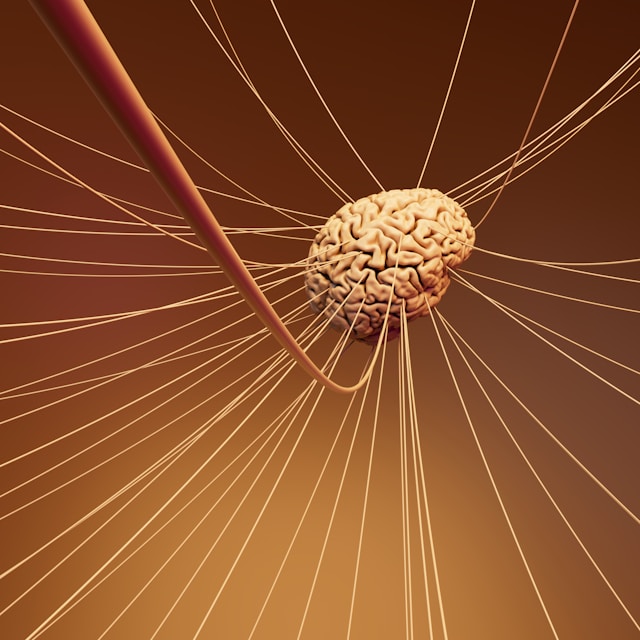
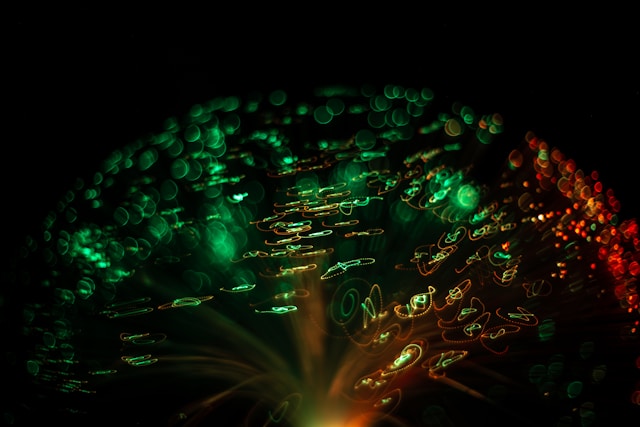











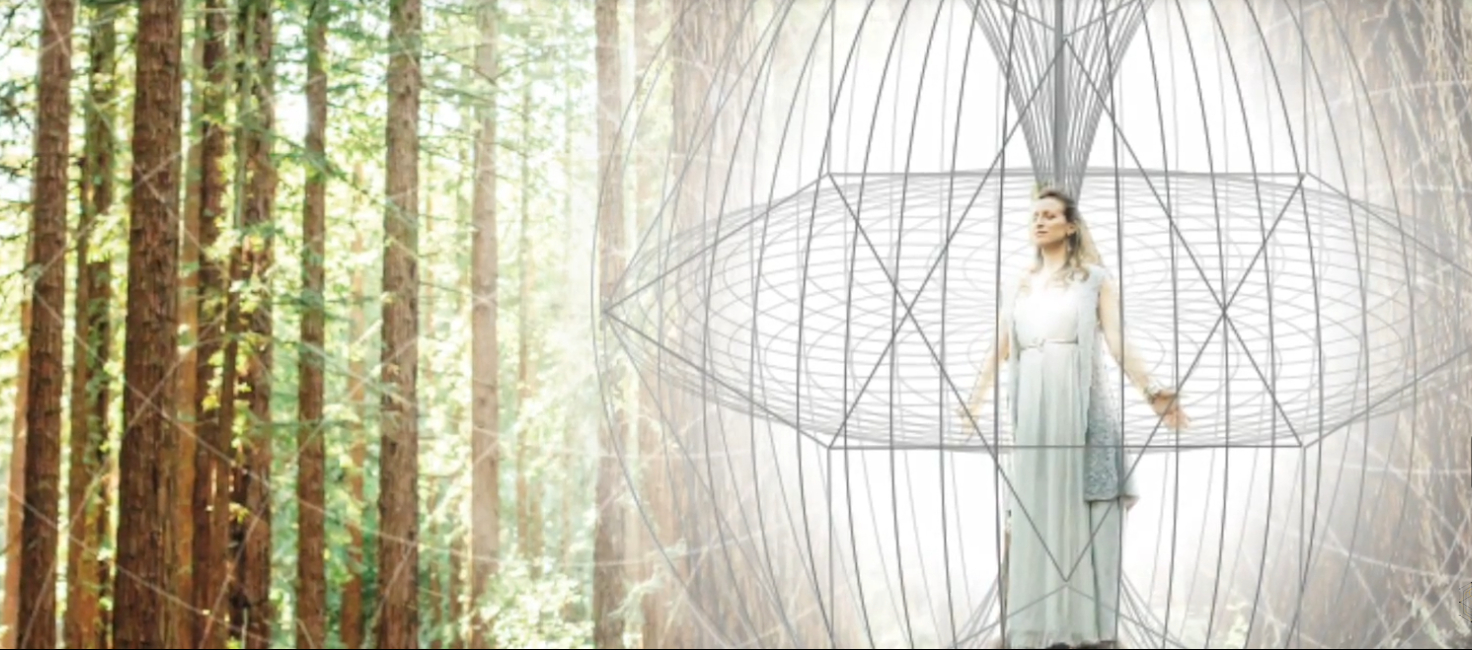



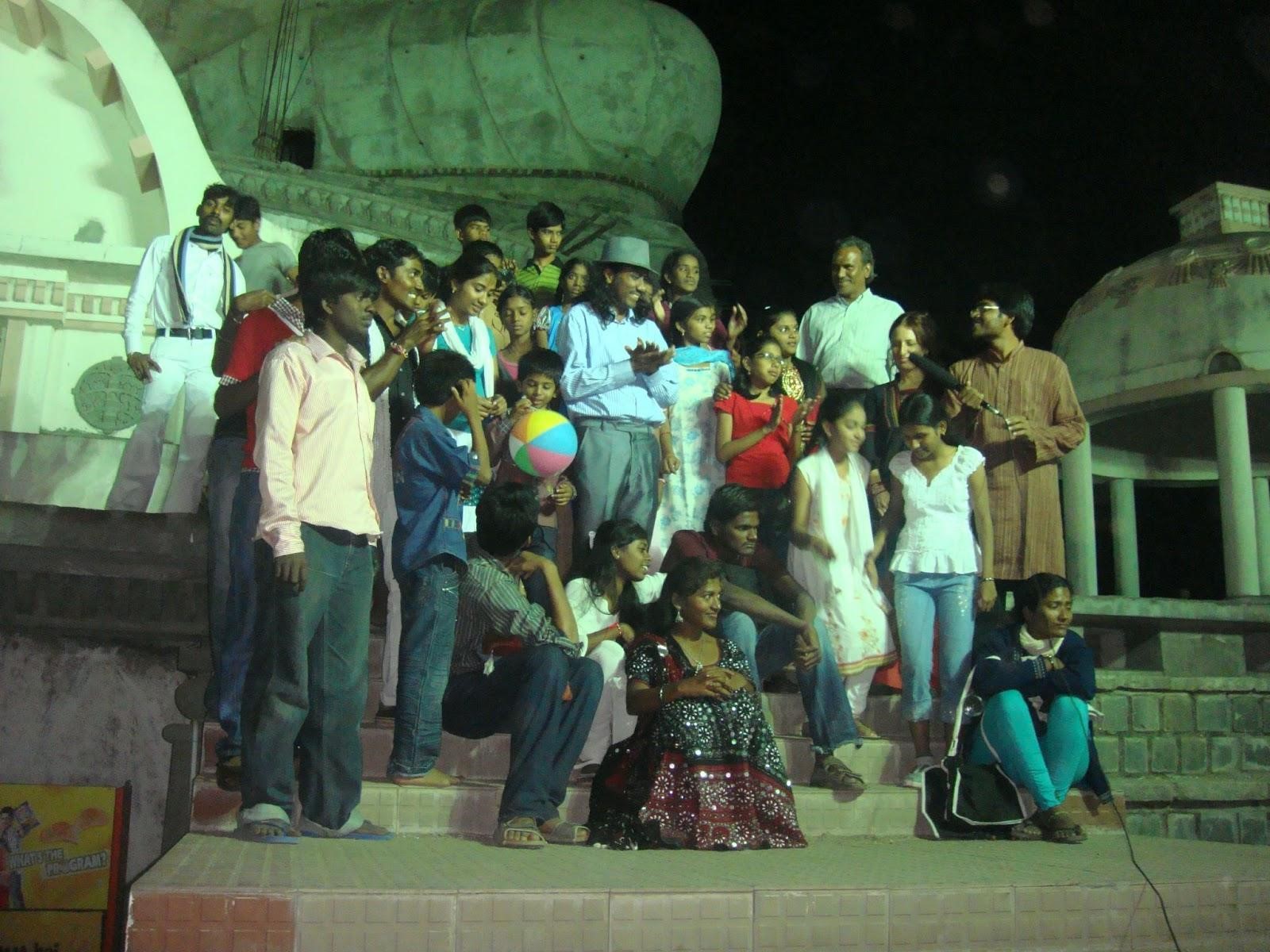
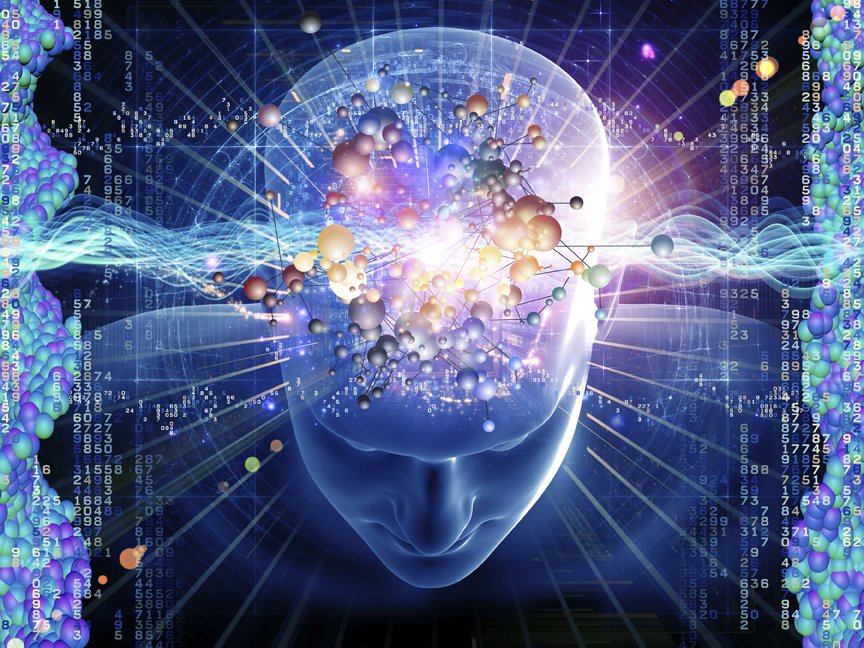


Comments